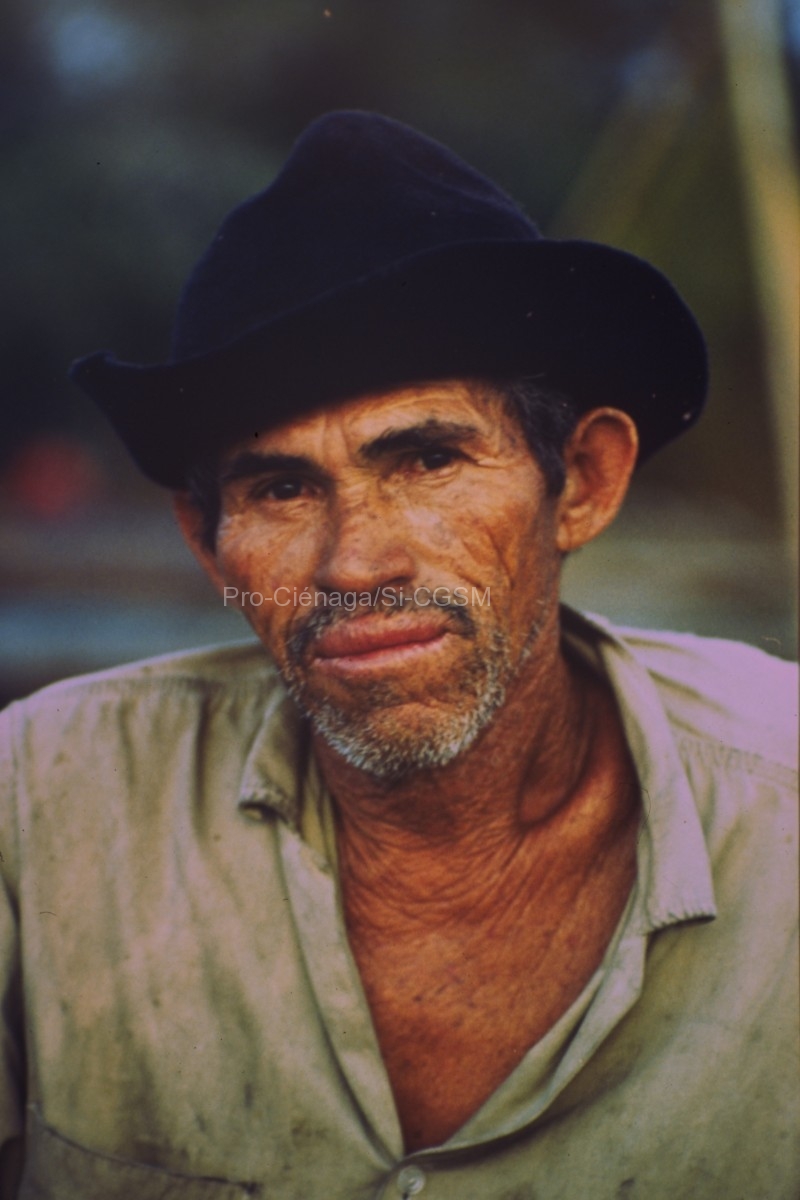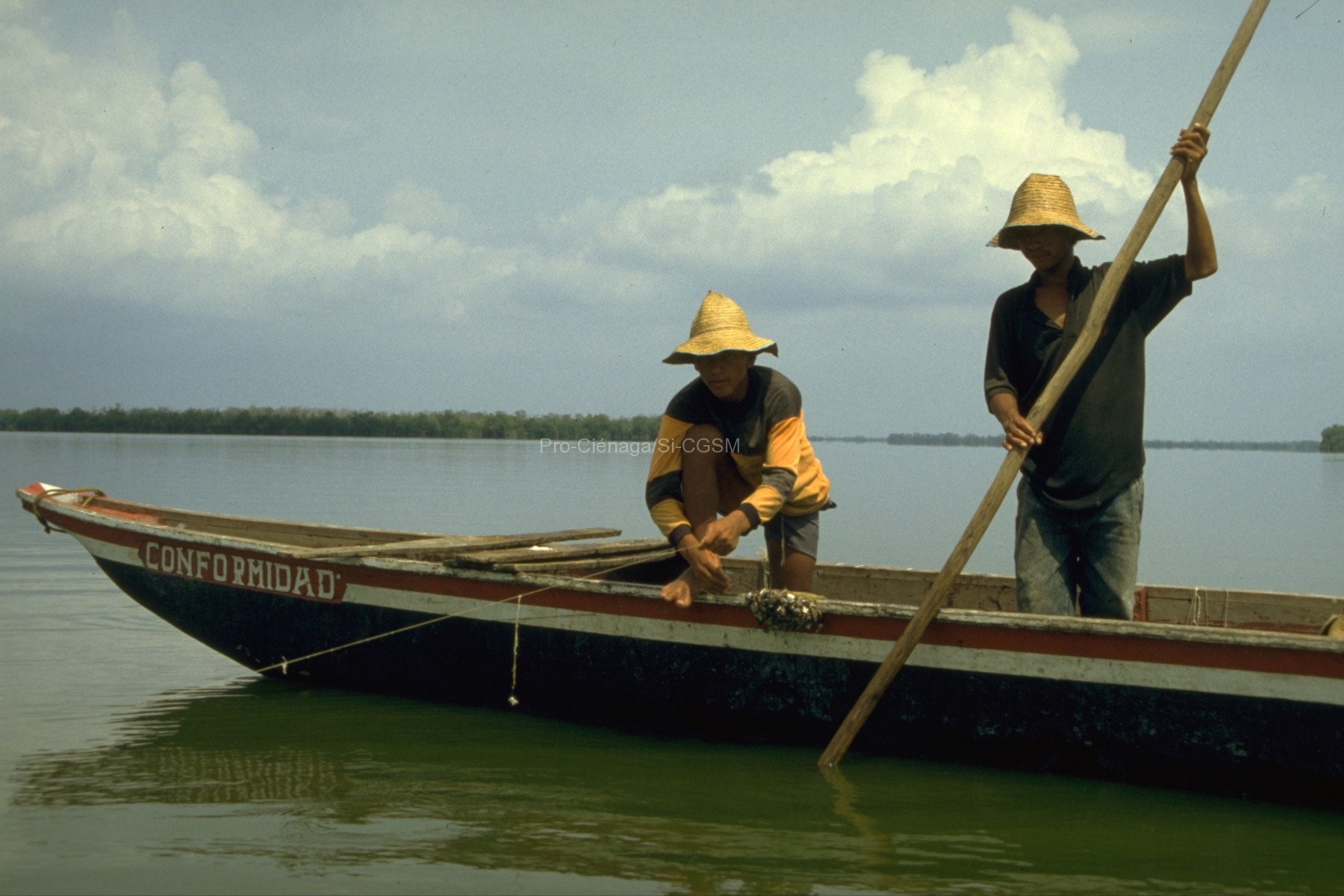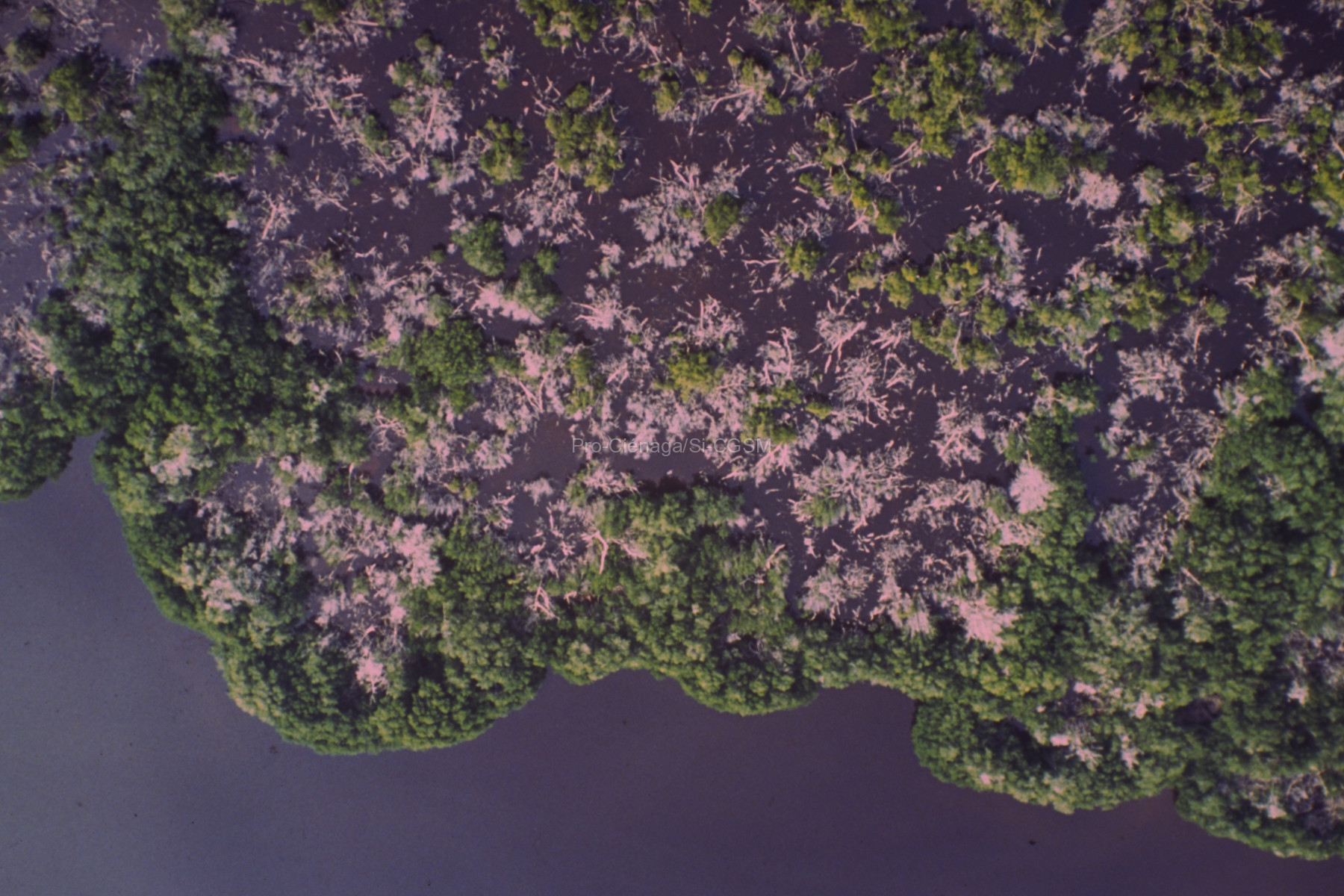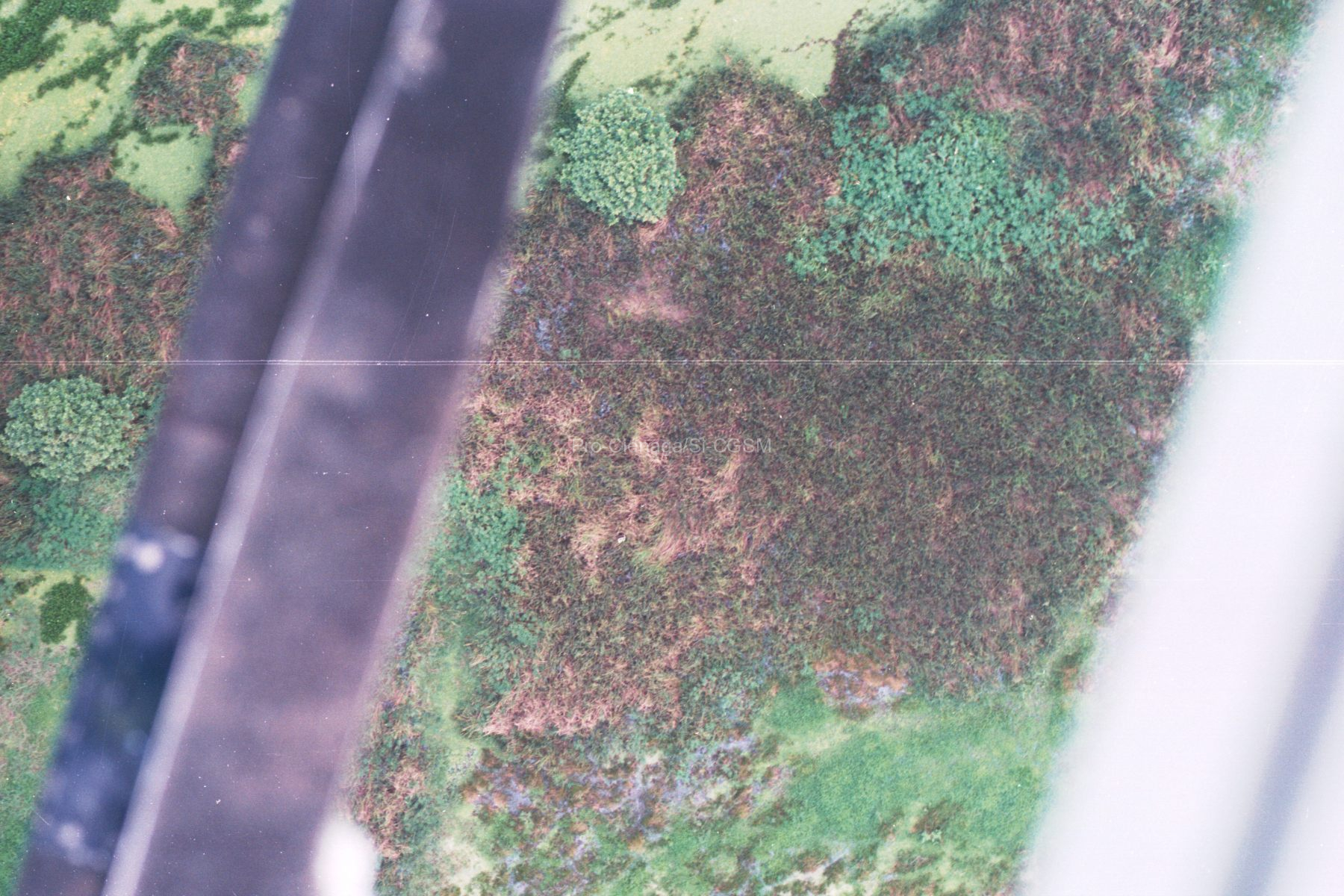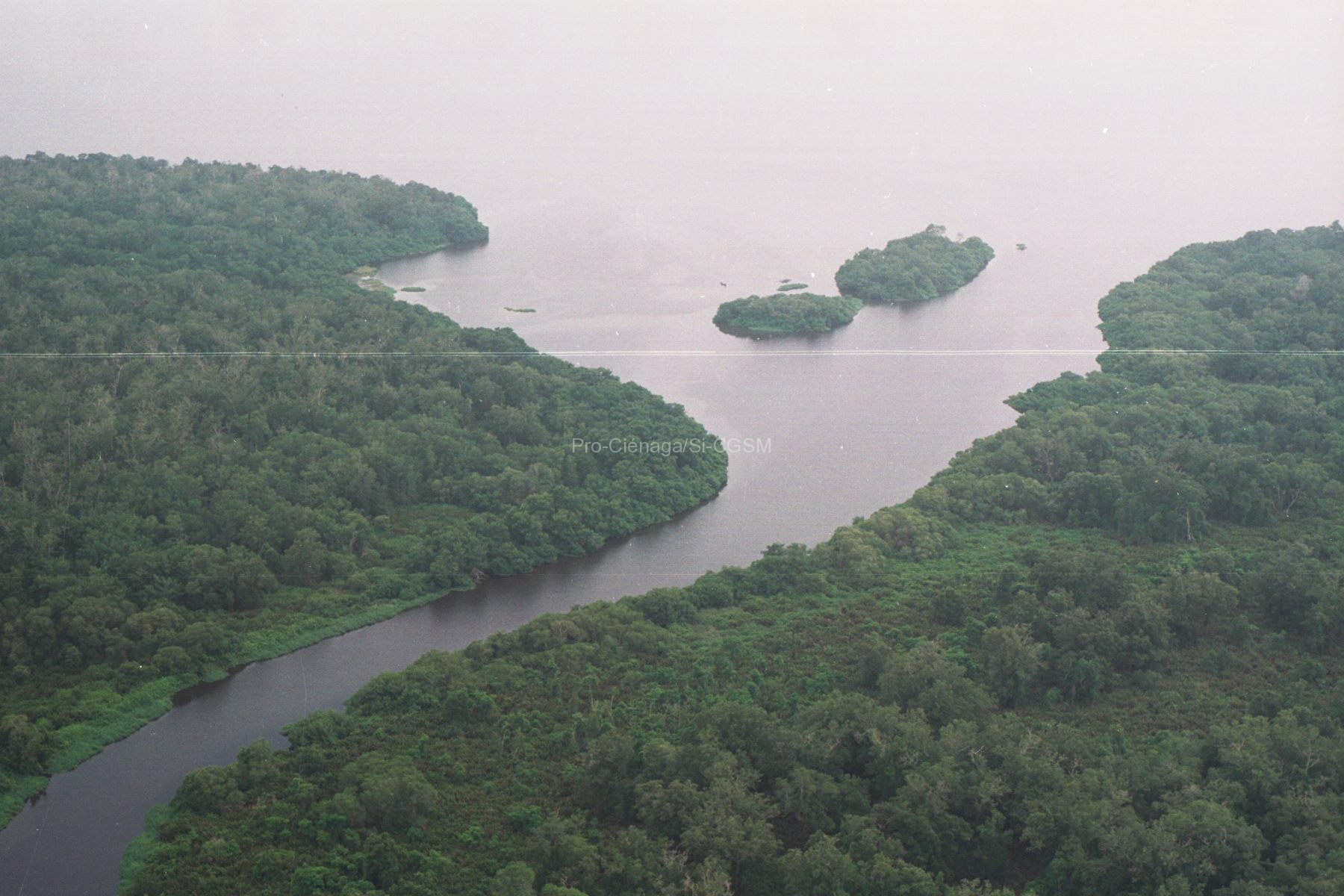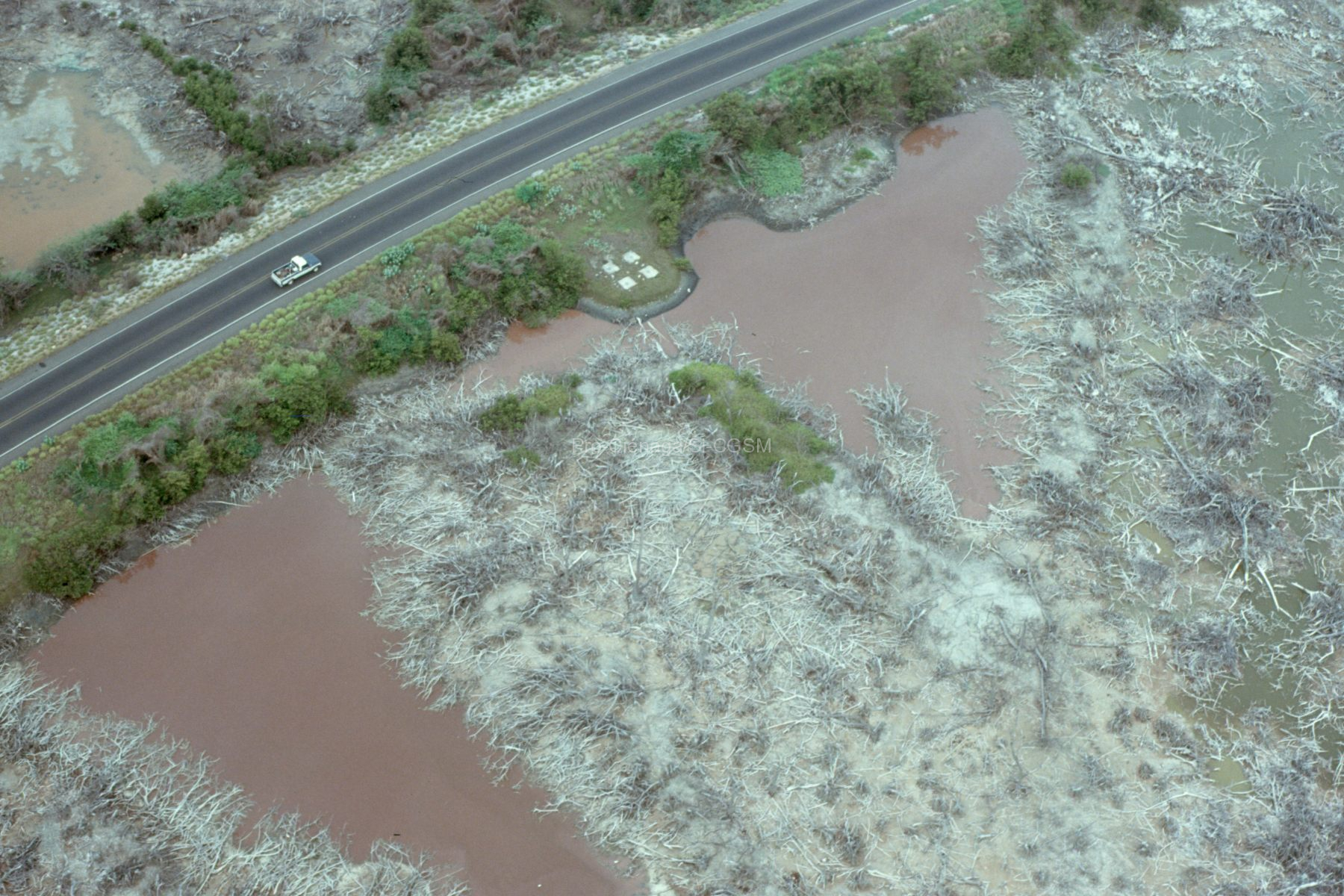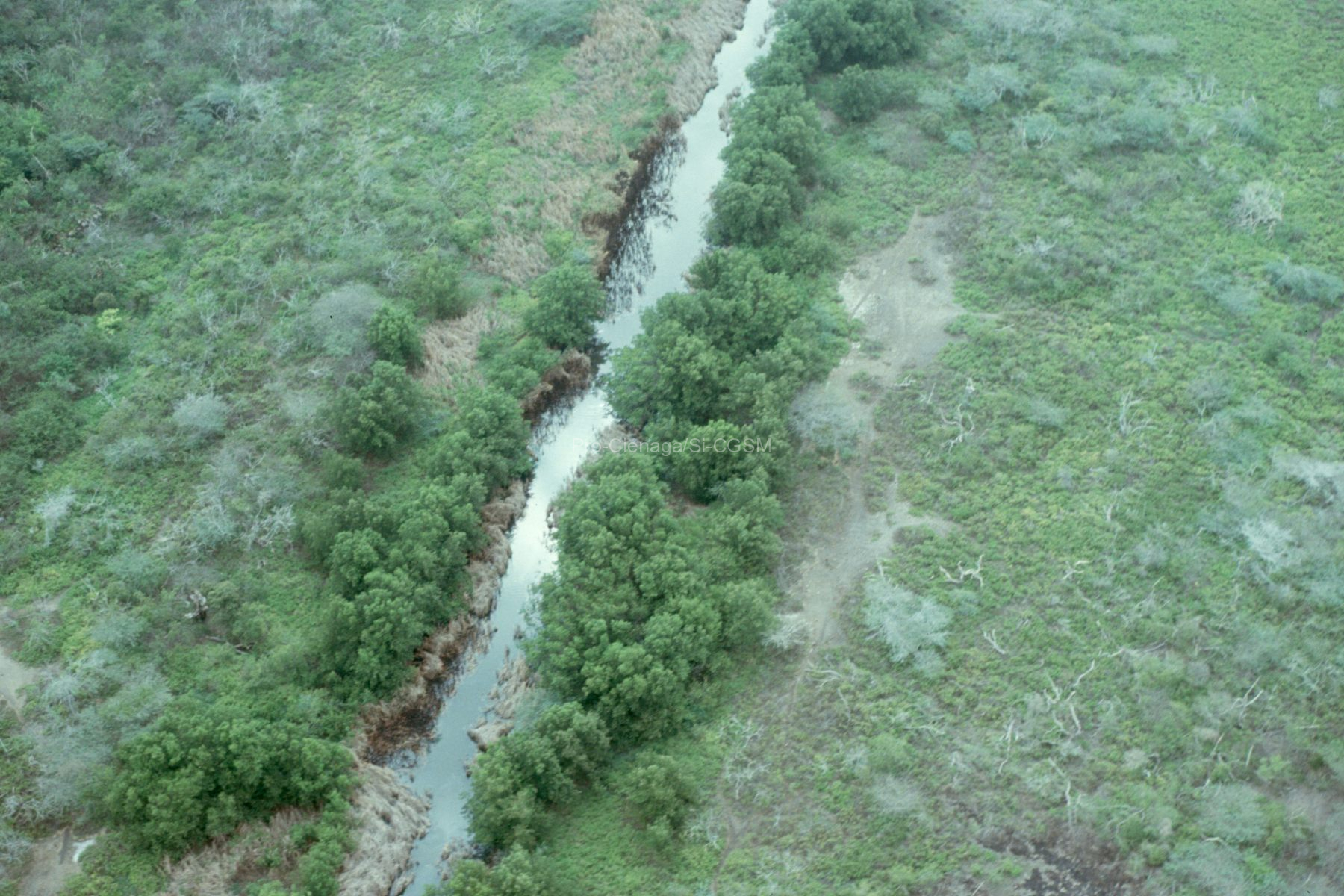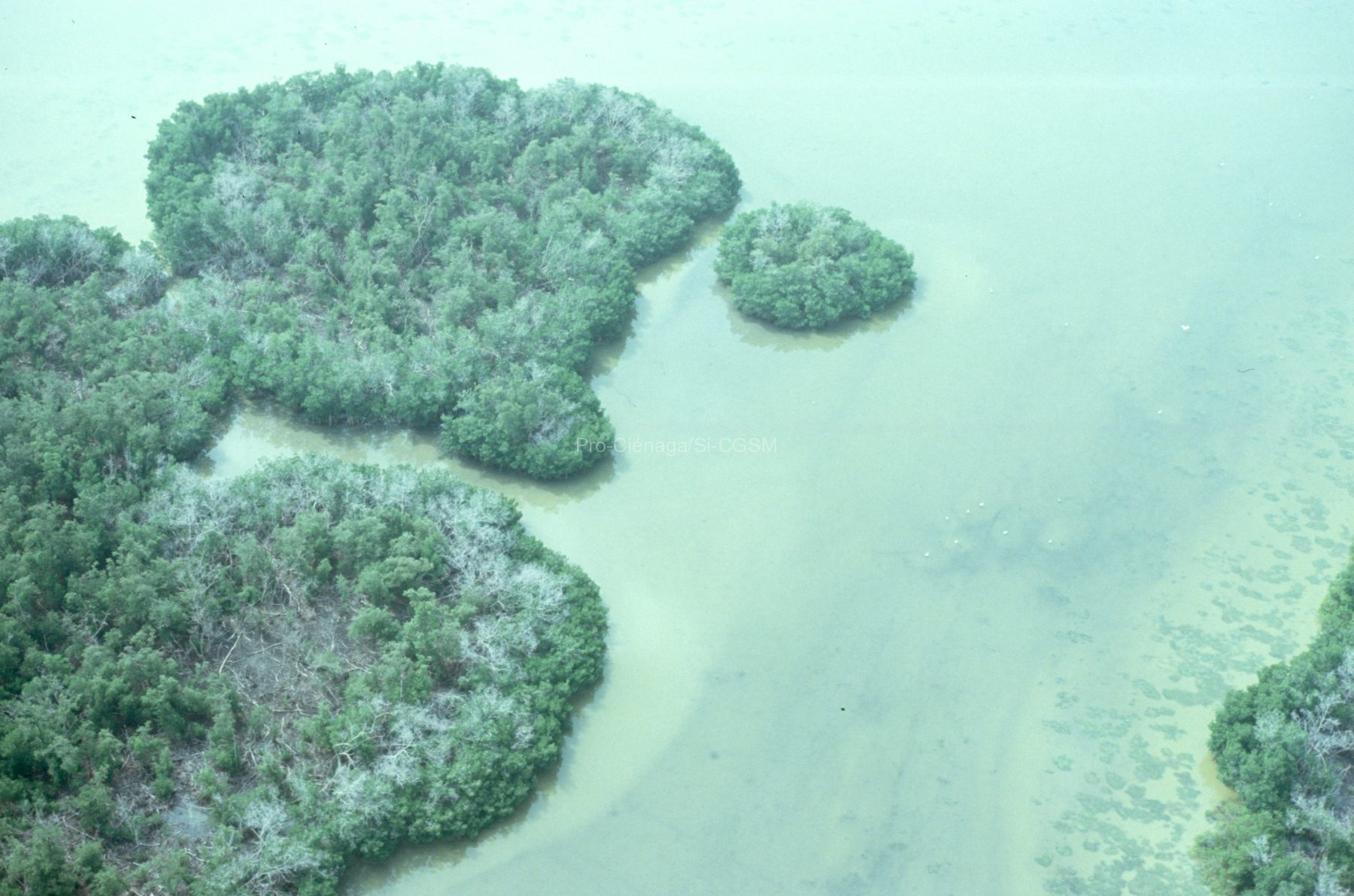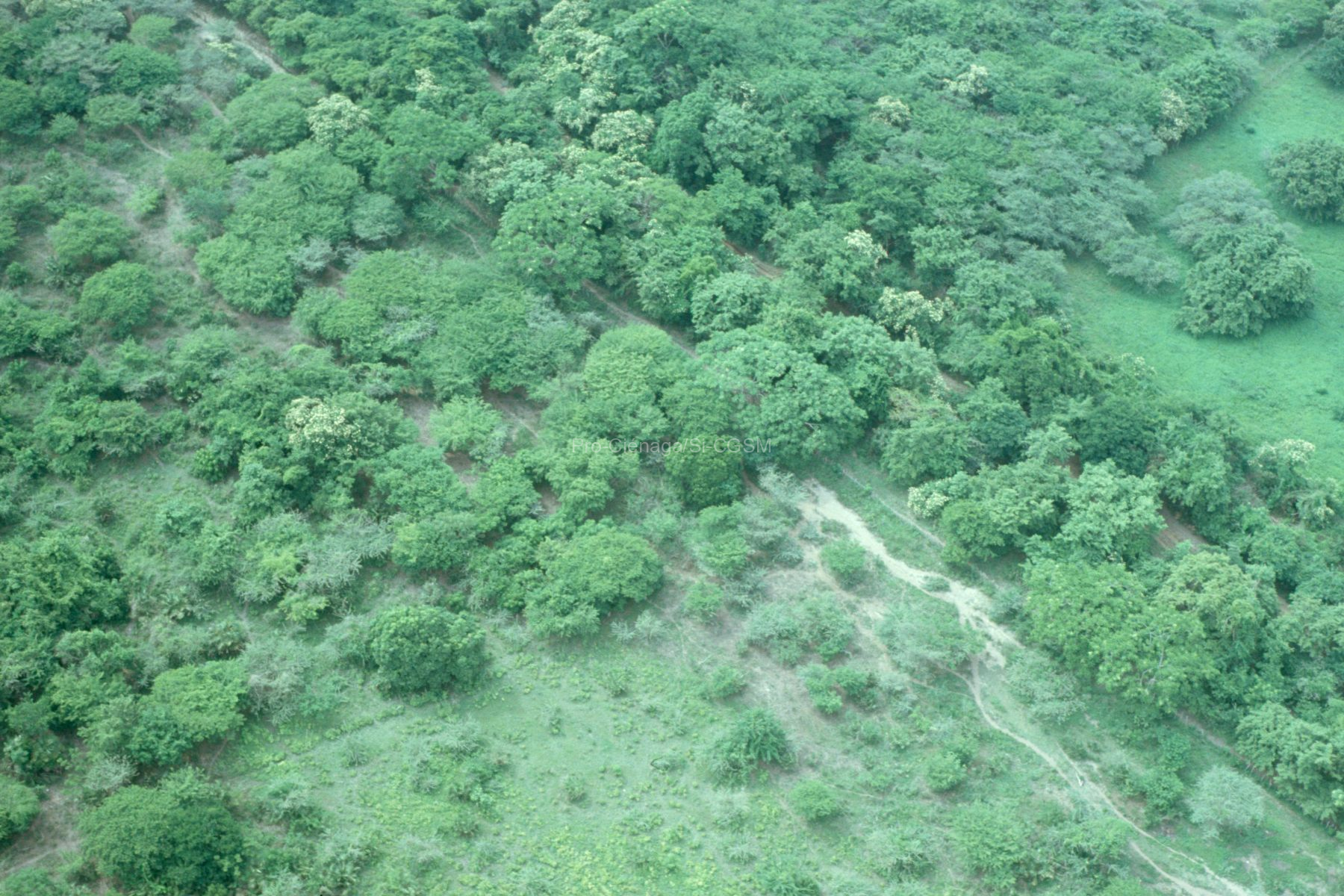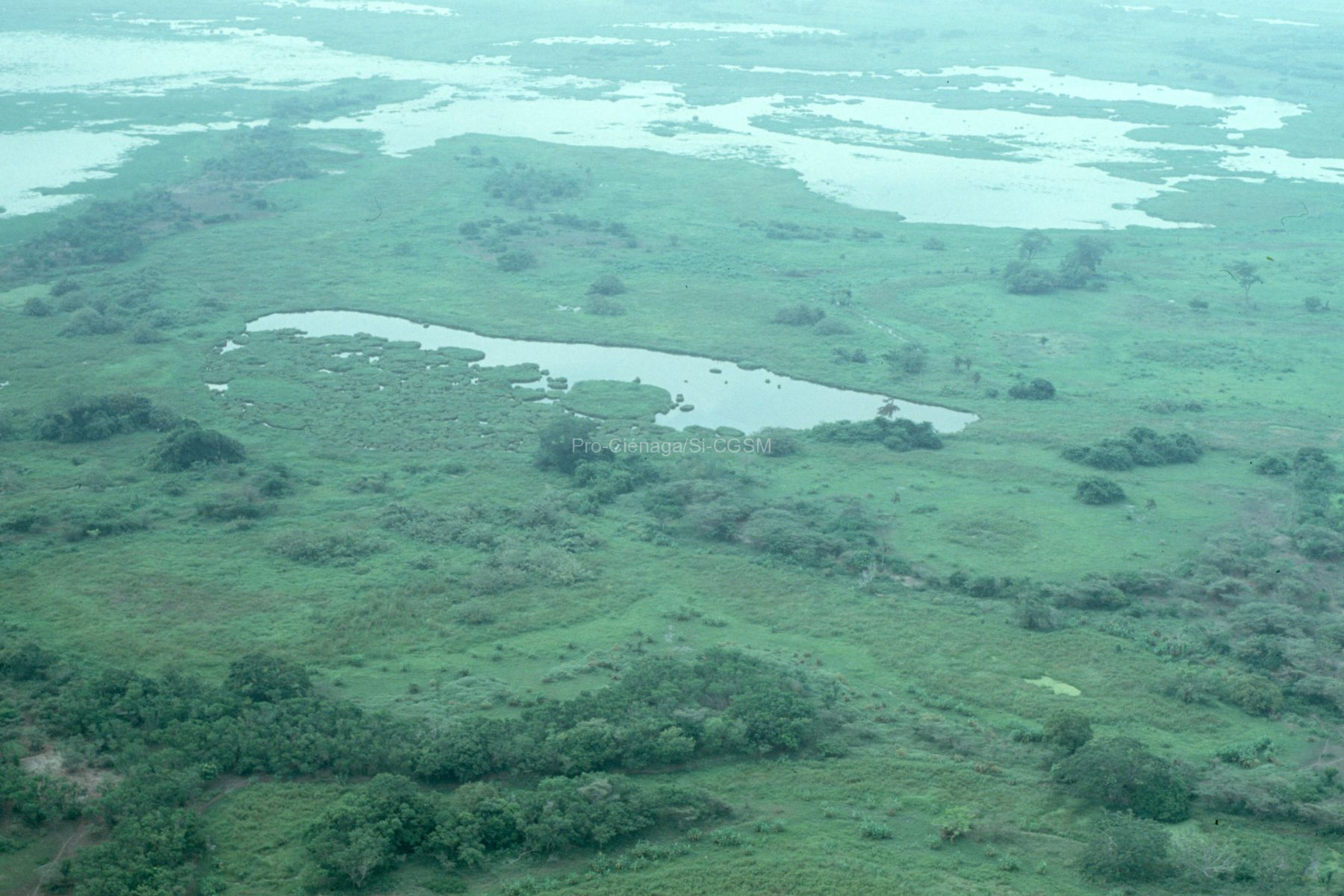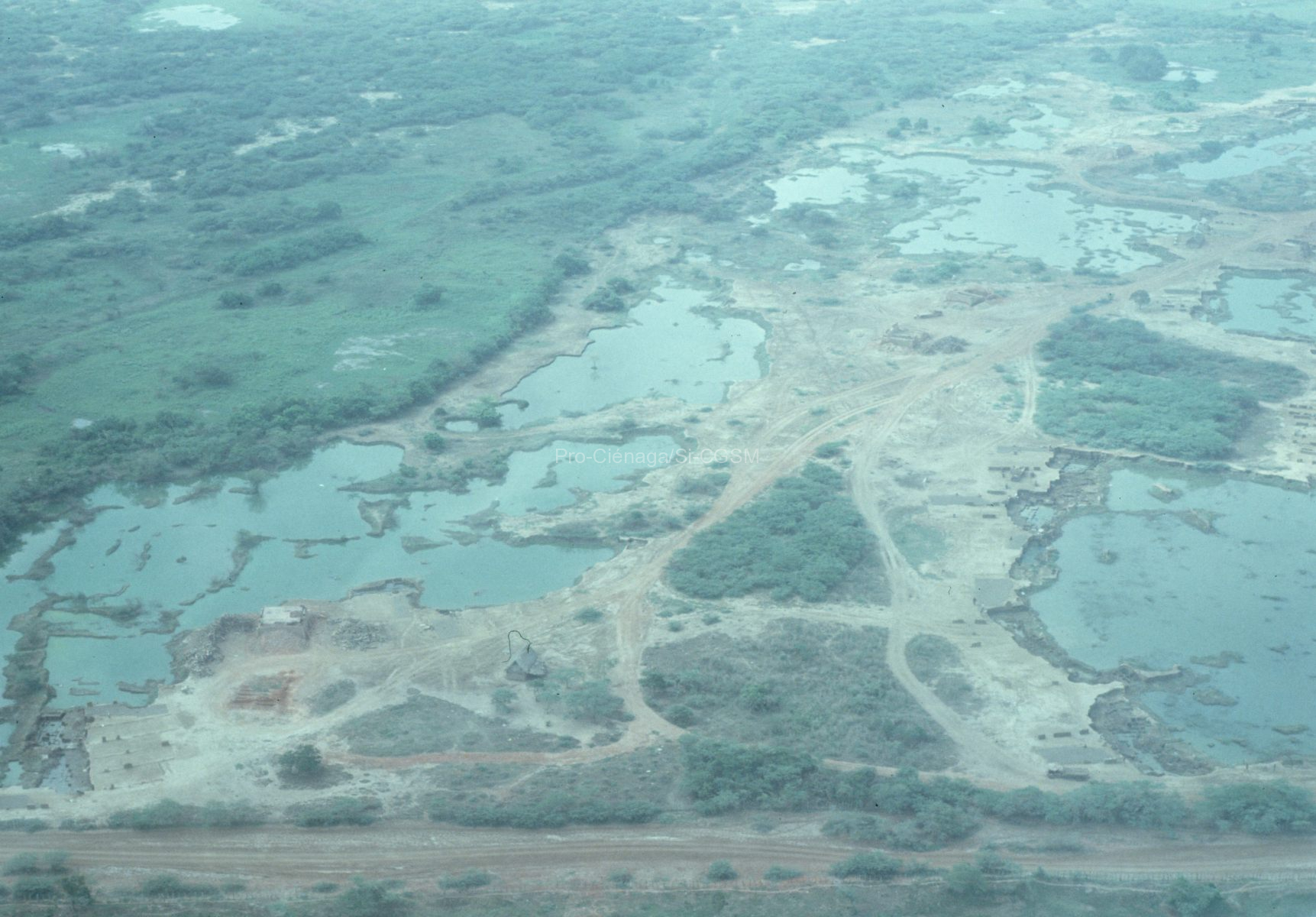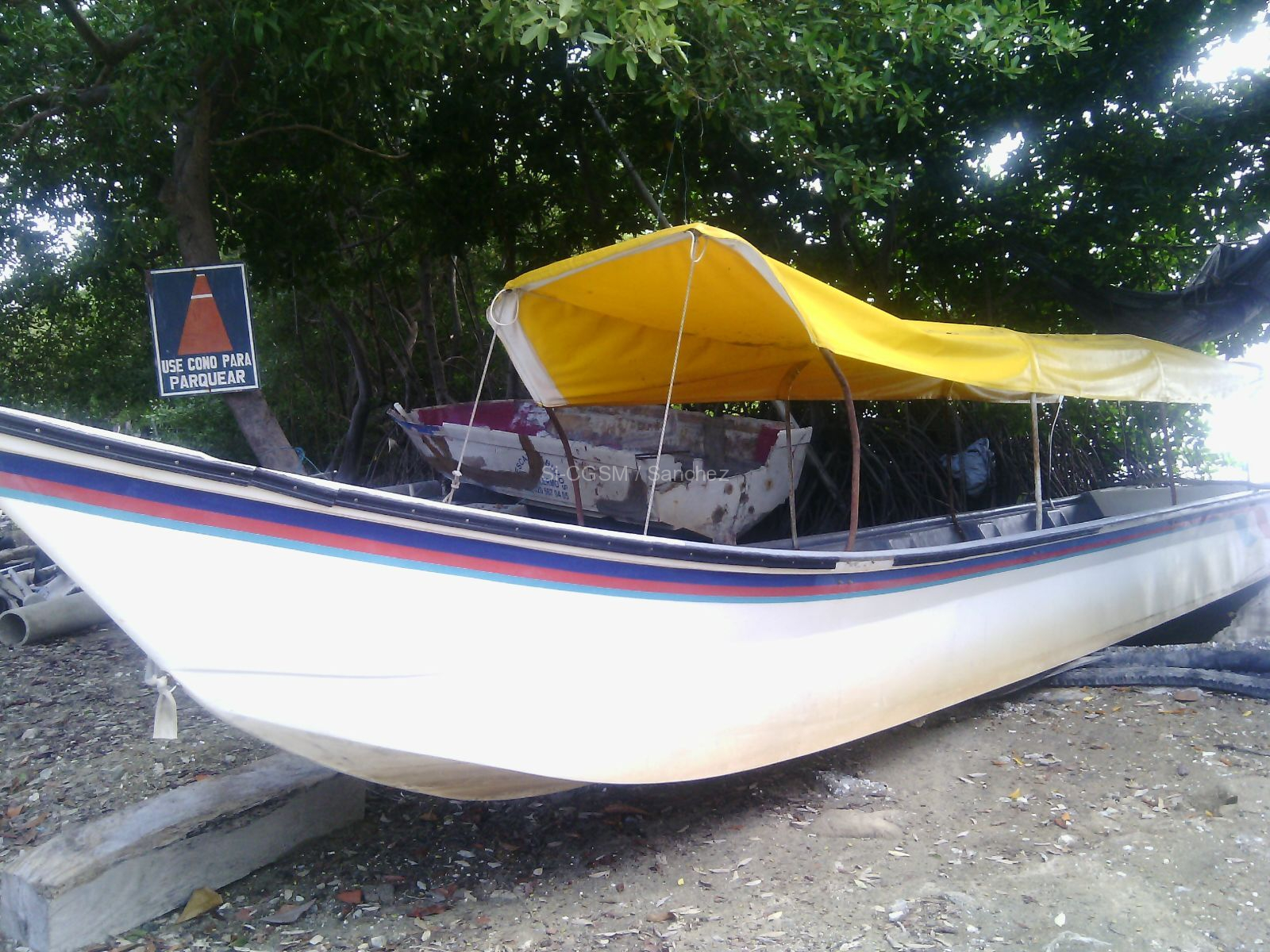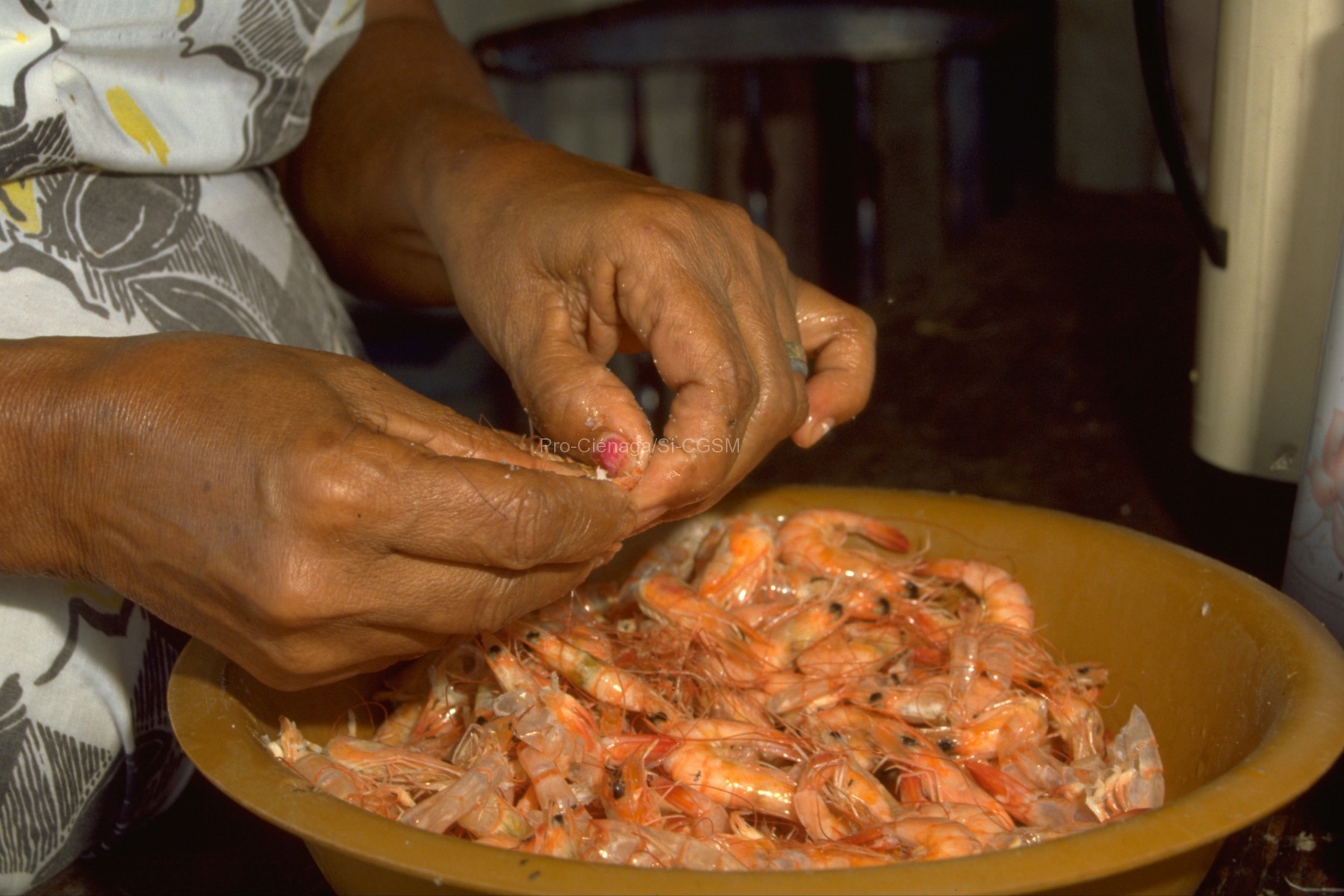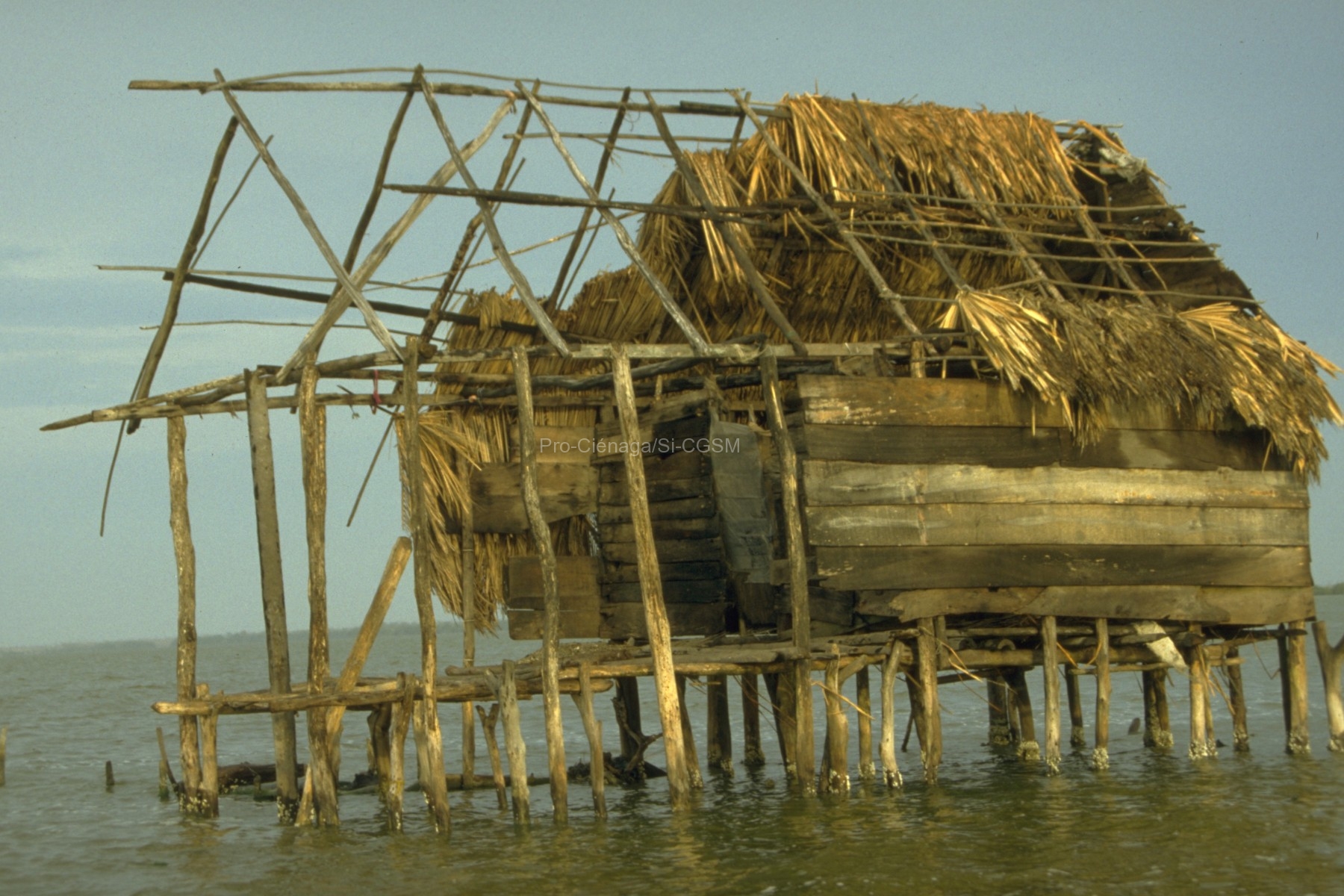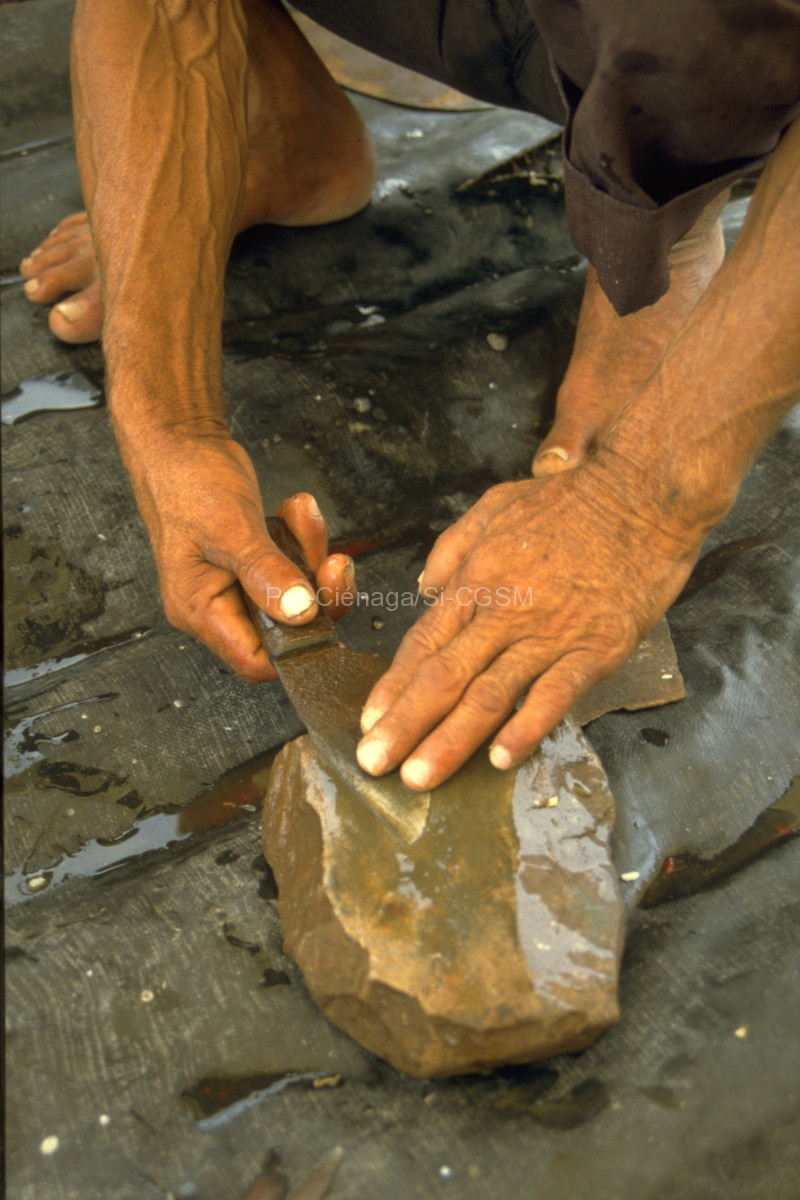Changes in native fish abundance (catch per unit effort–CpUE) and species composition were assessed before and after the introduction of Oreochromis niloticus Linnaeus, 1757 (Nile tilapia) in the Caribbean estuary Ciénaga grande de Santa Marta (CgSM), northern Colombia. Multiple regression analysis was used to relate the abundance of O. niloticus to that of non-native fishes and environmental variables such as salinity, dissolved oxygen, ph, local rainfall, and river discharge. Species composition and abundance of native fishes were found to vary with environmental conditions in different zones but on a large scale, overall abundance remained approximately constant over all studied periods. Abundance of the native catfish cathorops mapale Betancur-R. and Acero-p., 2005 was negatively related to the abundance of O. niloticus, and both varied with salinity. Overall fish diversity varied in periods when O. niloticus was present, which coincided with low salinity conditions. Our findings indicate that environmental fluctuations constrain the long-term establishment of O. niloticus in the estuary and thus its possible effects on abundance and species composition of the native ichthyofauna. However, it is feasible that the arrival of a more tolerant strain of O. niloticus, its future adaptation to the variable environment, or a longer duration of freshwater conditions in the estuary, could favor its long-term proliferation. In such a case, the occurrence of negative impacts on the native fishes cannot be disregarded. This is, to our knowledge, the first study investigating the impacts of O. niloticus on the ichthyofauna of a Caribbean estuary.
Véase también a: Leal-Flórez, J. (2007)

